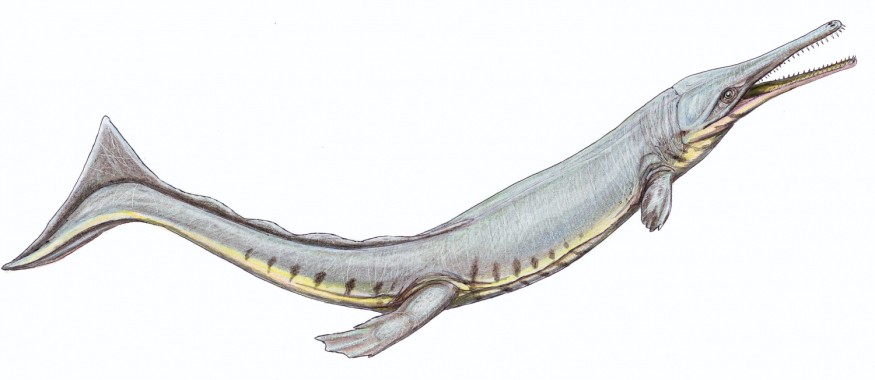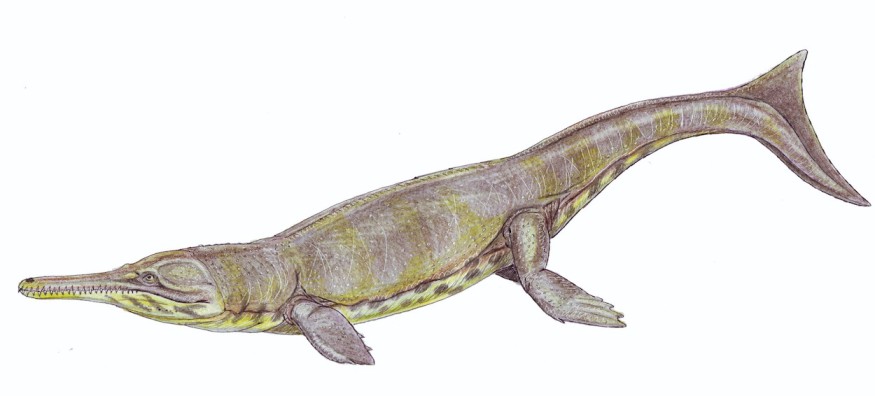



Scottish researchers say that new research reveals that thalattosuchians, extinct ancestors of today's crocodiles, evolved from a land-roaming creature into a fast-swimming predator 170 million years ago. Their fossils reveal that their anatomy mimicked dolphins and whales that had flippers and tails.
Researchers believe that the creatures adapted part of their inner ear, which was responsible for balance and equilibrium as they transitioned into an aquatic environment. Julia Schwab at the School of Geosciences, the University of Edinburgh, said that sensory organs like the inner ear are essential in understanding how the ancient animals once lived.
Dr. Steve Brusatte from the University of Edinburgh, a senior author of the study, said that the age-old crocs developed unique inner ears after modifying their skeletons to become better swimmers. The study was published in Proceedings of the National Academy of Sciences.
Read also: Destined to Die: Roundworm Has a Self-destruct Program to Lower Its Colony's Demand for Food
How are Crocodiles Similar to Dolphins and Whales?
According to Schwab, their study revealed that marine crocodile relatives have a unique inner war shape, similar to other water-living reptiles and the whales of today.
She added that the crocodiles' sensory systems emerged in response to their deepwater environment, instead of driving them into it.
Brusatte also explained how whales also adjusted their ears in a similar way, but they did so soon after hitting the water. He adds that crocodiles and whales were seemingly alike in some ways but took different evolutionary paths from land to sea.
The team of paleontologists interpreted computer tomography scans of more than a dozen fossilized skulls, depicting 18 extinct reptile species and 14 modern relatives of thalattosuchians.
During an initial semi-aquatic phase, when thalattosuchians went in and out but did not entirely live in water, the study revealed that a change in the vestibular system took place.
Their ear canals became fatter and smaller. Its new shape made the sensory system less sensitive and closer to that of dolphins and whales. This change was more definite after the thalattosuchians evolved to living in the open sea.
A fatter canal shape is better suited for life in the oceans, where buoyancy supports the animal. This compares to a thinner canal shape suited to life on land, which requires a highly sensitive awareness of balance to cope with gravity and landscapes.
A similar change independently took place in whales, which evolved from four-legged land-dwelling ancestors that walked the Earth around 50 million years ago. It is thought that both whales and thalattosuchians imitated each other's changes during their respective periods of conditioning and adaptation.
Evolution of Crocodiles
The earliest dinosaurs and crocodiles mirrored each other a lot more than either of them resembled the first pterosaurs, which evolved from archosaurs as well.
The only distinct feature that could tell them apart was the shape and musculature of their jaws. The jaws of the first crocodiles appeared to be more deadly, and their limbs more spread out compared to the locked-in legs of therapod dinosaurs.
The ancient crocodiles only evolved into what they appear to be now during the Mesozoic Era. Their distinct features of today include having stubby legs, armored bodies, and marine lifestyles.











